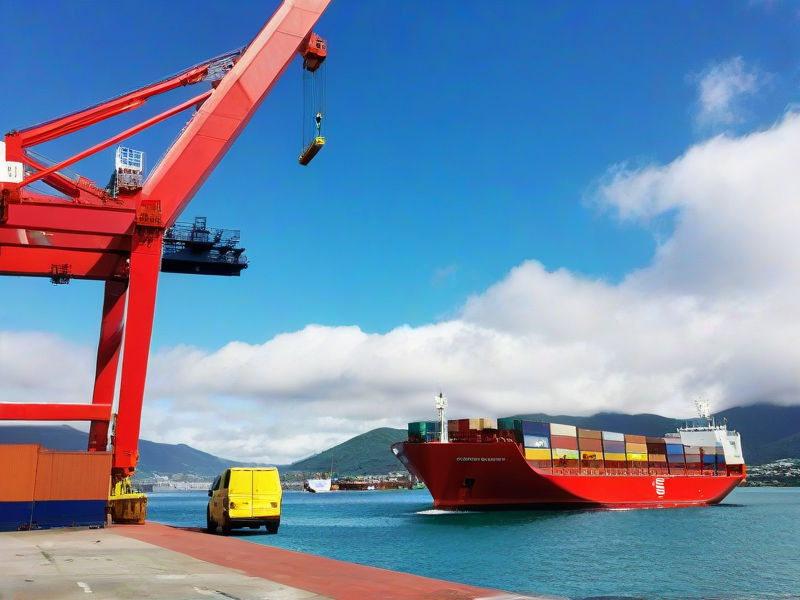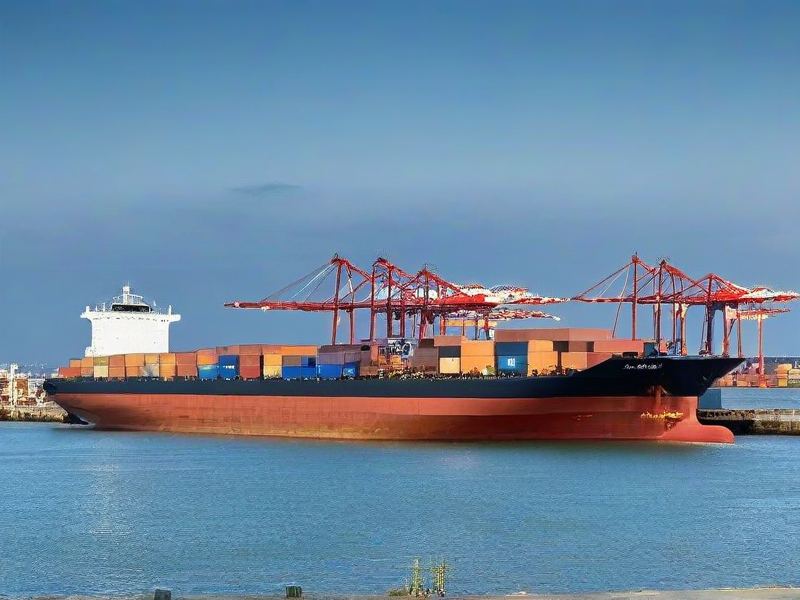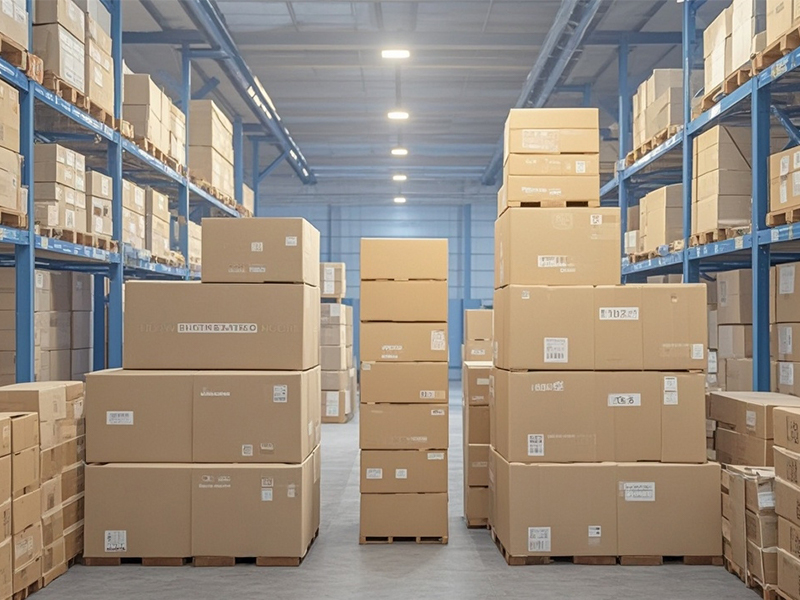Southeast Asia is the fastest-growing e-commerce market in the world. According to Google’s “Southeast Asia E-Commerce Report,” the region’s e-commerce market is projected to grow by 30% annually over the next decade. For cross-border e-commerce businesses expanding into Southeast Asia, the key challenge is finding the optimal logistics solution that allows goods to be delivered efficiently and cost-effectively.

In terms of cross-border e-commerce logistics, there are generally two models: “overseas warehouses” and “direct overseas shipping.”
Overseas warehouses offer the advantage of proximity: goods are closer to customers, ideally meeting the time efficiency demands of e-commerce clients. However, this model heavily relies on the initial investment and ongoing maintenance costs borne by the e-commerce platform, as well as the risks associated with inventory. In the context of Southeast Asia, where import and export regulations are relatively opaque, obtaining an import license for a product could take 3 to 6 months. This situation also imposes higher and more inconvenient standards for cross-border merchants.

In contrast, the direct overseas shipping model only incurs transportation costs after an order is received, naturally avoiding the inventory, handling fees, and overstock risks associated with overseas warehouses. From a policy standpoint, most countries in the region currently offer tax exemptions for small e-commerce parcels up to a certain value, which reduces cross-border tax costs and simplifies the often cumbersome licensing procedures. This approach is particularly beneficial for cross-border platforms and merchants in the early stages of exploring market preferences.

What is the Current State of E-Commerce Cross-Border Logistics in Southeast Asia?
The geographical dispersion of Southeast Asia makes customs clearance a critical factor. Southeast Asia is geographically dispersed, with many countries consisting of peninsulas and islands. Sending goods from point A to point B often involves crossing borders, making customs clearance a critical aspect of logistics.

Taking Thailand as an example, door-to-door delivery faces significant challenges: congested traffic, and inconsistent address formats. In Thailand, most cross-border e-commerce orders originate from the Bangkok Metropolitan Region, which includes Bangkok and its surrounding five provinces. In this region, e-commerce orders typically use a door-to-door delivery model. While this method seems convenient, its implementation is fraught with challenges.

Bangkok, the capital of Thailand, is one of the most traffic-congested cities in the world, with an average traffic delay time of 64.1 hours in 2017. This means that domestic delivery times could be longer than cross-border shipping times. Additionally, address formats in Thailand are inconsistent; urban and rural addresses may follow different recording formats, and city houses and streets are often numbered based on construction time rather than location. These issues can only be effectively resolved by local professional logistics companies.

 alt=""
alt="" 


 Logistics line quotation
Logistics line quotation Cross-border express order
Cross-border express order 24 hours online customer service
24 hours online customer service Huixiang Cross-border Logistics all rights reserved
Huixiang Cross-border Logistics all rights reserved 






